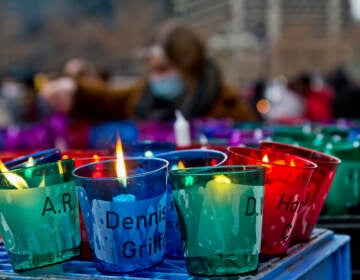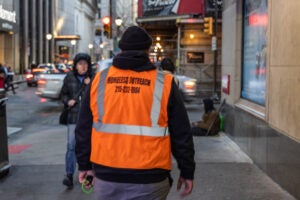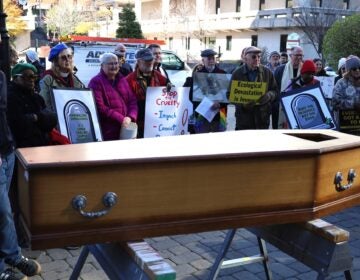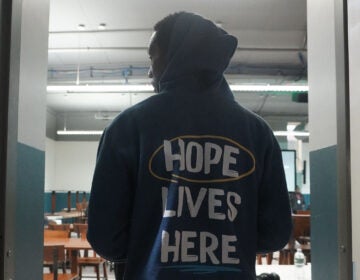Foster care experience, childhood abuse and trauma can affect housing stability, experts say
Nearly 60% of youth identified as “homeless” have experienced foster care, abuse or domestic violence, experts say.
Listen 2:37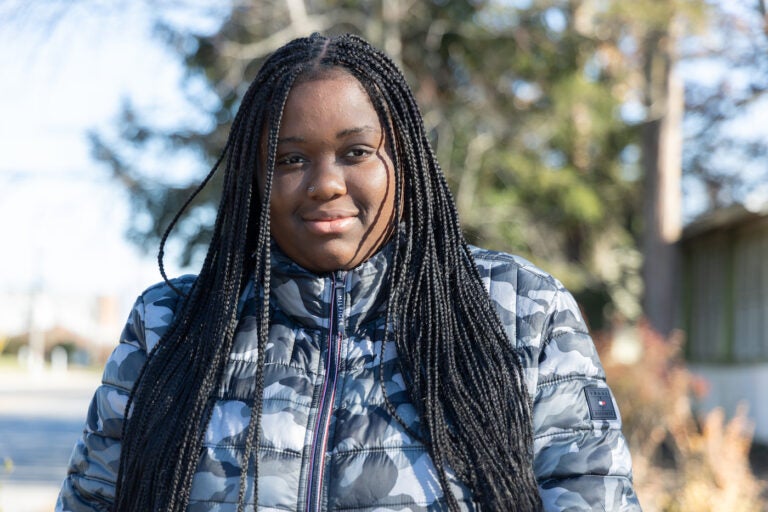
Mikaya, 17, found sharing her story has helped her healing process. (Kimberly Paynter/WHYY)
This story is from Young, Unhoused and Unseen, a podcast production from WHYY News and Temple University’s Logan Center for Urban Investigative Reporting.
Find it on Apple Podcasts, Spotify, or wherever you get your podcasts.
Editor’s note: This story includes topics of sexual abuse and domestic violence.
—
Mikaya, 17, is a teen with an aspiration. She wants to pursue a nursing degree at Temple University.
“In a perfect world, I will be giving back to the people who really need help,” she said.
Mikaya lives with her grandparents and is considered to be one of the 4,675 local students who experienced some type of homelessness in the last year, according to the Philadelphia School District. But that is just half of what HopePHL estimates.
According to their latest tally, 8,383 children, infants through 21, did not have housing stability in 2022. Many of these youth end up in the foster care system and are caught in a vicious cycle, where they will always struggle to have a stable home, experts say.
One in four youth will become unhoused within four years after aging out of foster care, according to the National Alliance to End Homelessness. Kids who get bounced around in the system get caught in the revolving door of foster care that impedes child development and puts them at a higher risk of adult homelessness.
The National Foster Youth Institute says the constant shuffling between homes has a severe impact on foster children.
“The children and youth who remain longest in foster care, or whose last placement was in a group setting, are the least likely to ever become part of a permanent family. This lack of support leads to a greater likelihood of arrest, homelessness, unemployment, and early parenthood,” the report stated.
The catalyst for youth homelessness is often family violence,” according to the Journal of Gay & Lesbian Mental Health.
Mikaya’s story
Mikaya’s experience with homelessness was rooted in escape. As a child, she experienced sexual violence. She was raised in Section 8 housing in Southwest Philadelphia, one of the areas with the highest poverty rates, according to a Drexel University report. Mikaya’s mom fled domestic violence and moved from house to house, taking Mikaya with her, she said.
“Growing up, I really never had stability,” she said. “My mom was never around.”
Mikaya never knew of a permanent home. She ran away multiple times and was 12 when she was placed in the foster care system. She said she struggled to feel at home in many of the Philadelphia-area youth social services centers and shelters.
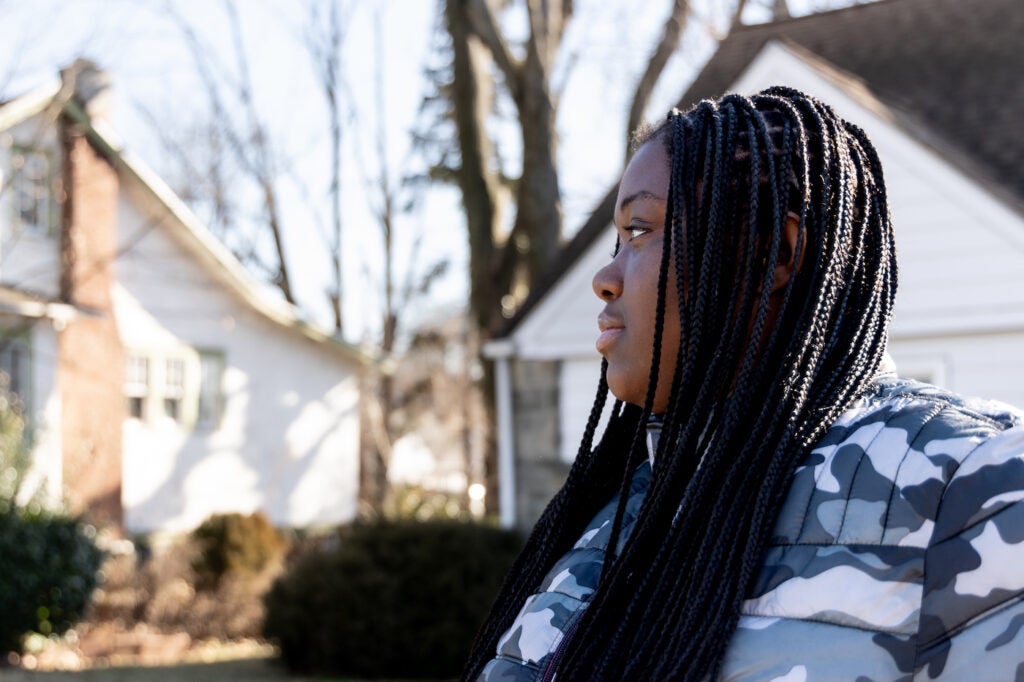
“Some foster care housing really don’t care about you. I experienced it myself,” she added.
Eventually, she found a support group at Youth Empowerment for Advancement Hangout (YEAH) Philly, a therapist she sees twice weekly, and a mentor.
“I still have some childhood trauma, but I’m healing,” she said, adding, “One thing I will say to the young ladies who’s out there that’s been sexually abused, speak up. Don’t wait too late.”
Amber Goltz is the manager of anti-human trafficking at WOAR Philadelphia Center Against Sexual Violence. She said victims such as Mikaya seek a way out — by running away and staying with friends. More often than not, however, these youth remain vulnerable and become unhoused.
“The way that they’re reacting to trauma is out of their control. It’s the body’s response [to] something that happened to them,” she explained.
In Mikaya’s case, after several unsuccessful home placements, she wound up in “kinship care.” Her grandparents took custody of her and her brother.
Family is typically the first placement option, according to guidance by the Philadelphia Department of Health and Human Services.
If kinship is not an option, youth are placed in temporary housing arrangements. Unlike Mikaya, there are thousands of young teens for whom kinship care is not an option.
Philadelphia’s growing unhoused teen population
An overwhelming majority of the 6,082 Kindergarten through 12th-grade students identified as homeless in Philadelphia are Black. Latine students are the second largest demographic, according to Pennsylvania’s Education for Children and Youth Experiencing Homelessness (ECYEH) Program. ECYEH identifies a homeless youth as someone who is an unaccompanied minor living in emergency shelters, runaways, refugees and migrants. They could also be living with friends or couchsurfing.
Colleen Landy-Thomas, director of ECYEH in Philadelphia, said the number of houseless youth has increased over the past five years. Her program’s focus has been to more efficiently identify families and youth who fall through the cracks of federal definitions. Many times, educators, school officials and student advocates are unaware of students’ housing status. Also, the lack of a standardized definition on unhoused youth poses serious barriers for students and families from getting the support they need, Landy-Thomas said. She underscored the importance of ensuring that these at-risk youth complete their school education.
“One of the statistics that is pretty staggering is that the lack of a high school degree or GED is the greatest risk factor for experiencing homelessness as a young adult,” Landy-Thomas said.
HUD Categories of Homelessness
- Category 1: Literal homelessness
- Individuals and families who live in a place not meant for human habitation (including the streets or in their car), emergency shelter, transitional housing, and hotels paid for by a government or charitable organization.
- Category 2: Imminent Risk of Homelessness
- Individuals or families who will lose their primary nighttime residence within 14 days and has no other resources or support networks to obtain other permanent housing.
- Category 3: Homeless Under Other Statutes
- Unaccompanied youth under 25 years of age, or families with children and youth, who do not meet any of the other categories but are homeless under other federal statutes, have not had a lease and have moved 2 or more times in the past 60 days and are likely to remain unstable because of special needs or barriers.
- Category 4: Fleeing Domestic Violence
- Individuals or families who are fleeing or attempting to flee domestic violence, dating violence, sexual assault, or stalking and who lack resources and support networks to obtain other permanent housing.
The connection between foster care, incarceration and housing stability
There is a correlation between youth homelessness and their experience with abuse, foster care and incarceration. Scholars call this “crossover.” J.J. Cutuli, a Philadelphia-based senior research scientist at Nemours Children’s Health, authored a 2017 paper entitled “From foster care to juvenile justice” that analyzed these crossovers.
“Between 7% and 24% of children in foster care went on to become involved with the juvenile justice system,” the Nemours report revealed.
Once they are released from juvenile detention, they are more likely to become housing unstable or houseless,
“Youth who are confined to correctional settings face an elevated risk for homelessness both immediately upon their release, and later in adulthood,” according to the National Evaluation and Technical Assistance Center for the Education of Children and Youth Who Are Neglected, Delinquent, or At-risk. The National Network for Youth found that being unsheltered also worsens young people’s psychological states.
“The consequences of homelessness bring despair to youth in the form of mental health problems, substance use, victimization and criminal activity, unsafe sexual practices, and barriers to education and employment,” the report stated.
That’s what happened with Nate Lomax. As a teenager, Lomax began hanging out “on the streets” to escape domestic violence at home. He said his dad was an alcoholic and would abuse his mom.
The street was the only place where he felt accepted and understood. But that created new problems in his young adult life.
“I was doing what I had to do to make ends meet,” he said matter-of-factly. “Got locked up, came home, locked up again, came home.”
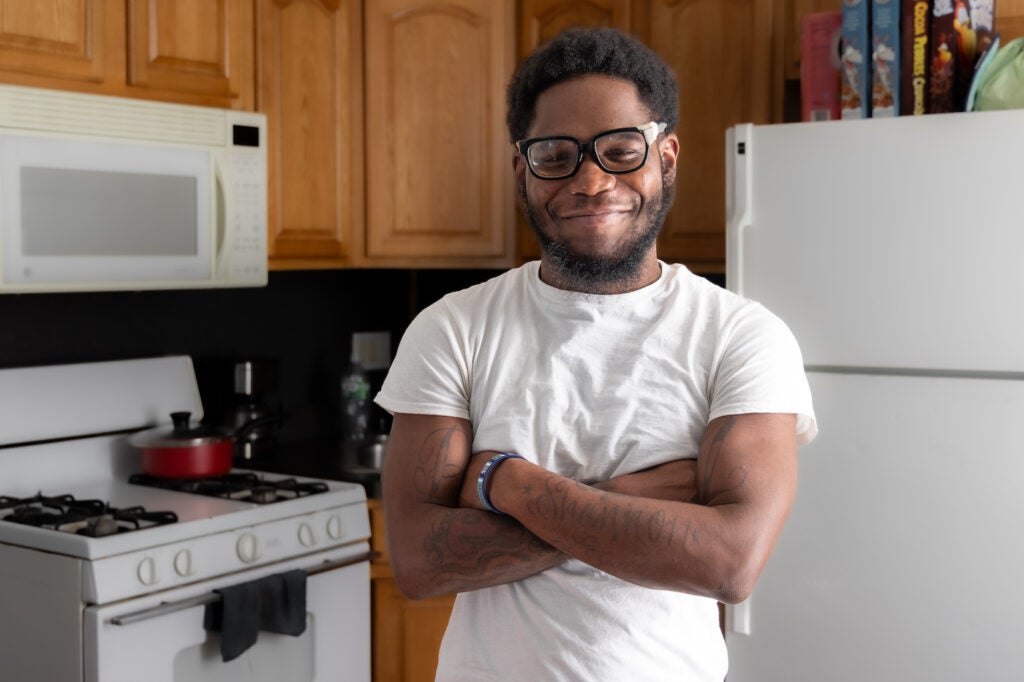
He felt misunderstood at home, and left.
Lomax was able to find housing with the support of Valley Youth House. Lomax, now 25, likes to make people laugh. He said his silly exterior hides a sobering childhood.
Unhoused teens struggle to access care and resources
Advocates say the welfare and housing systems churn slowly.
As a result, some processes make it harder for people to access care when needed. Alyssa Weinfurtner, a social worker and associate director at Valley Youth House, has seen this first-hand. Weinfurtner said the federal criteria on youth homelessness poses barriers to getting young people into housing, even if it is temporary.
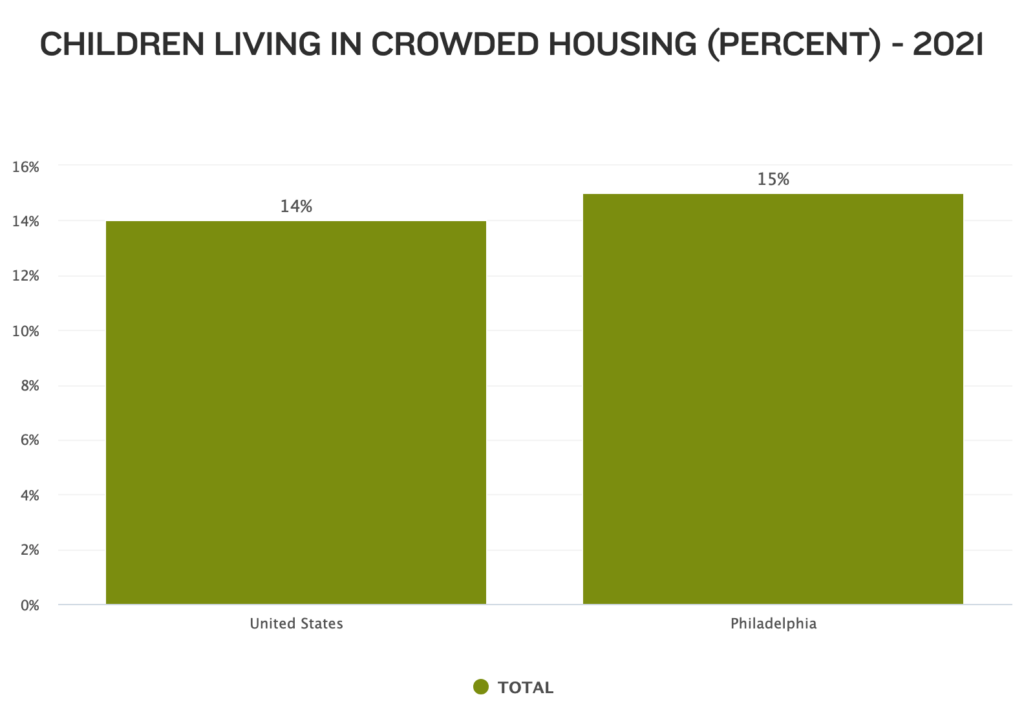
For youth to be connected with support services, they first must do a housing assessment. After that, the city’s Office of Homeless Services matches them with a housing option.
Weinfurtner explained that the rigid assessment criteria sometimes causes people with compounding complications to fall through the cracks. Homelessness is not linear, she said, but most times, people think the issue and its resolution are simpler than it is.
“When you’re determining eligibility based on federal definitions of homelessness, it makes it really tricky,” Weinfurtner said. “Just because somebody found a temporary place to stay does not resolve their housing crisis particularly for young adults, looking long-term.”
She and other advocates say leaders should add funding to bolster social services, housing, training and education resources. The need for programs that serve housing unstable or unhoused youth has grown over the years, particularly in Philadelphia where the poverty rate is above the national average.Yet pandemic-era funding that bolstered new resources has expired, and some programs that expanded or launched in 2020-2022 now hang in the balance. Eyes are now on newly elected Philadelphia leaders, such as Mayor Cherelle Parker and her administration, to tackle these issues.
Weinfurtner said she believes long-term, temporary and transitional programming as well as affordable housing all have a role in curbing youth homelessness.
“We need to have the full spectrum,” she said.

Get daily updates from WHYY News!
WHYY is your source for fact-based, in-depth journalism and information. As a nonprofit organization, we rely on financial support from readers like you. Please give today.


